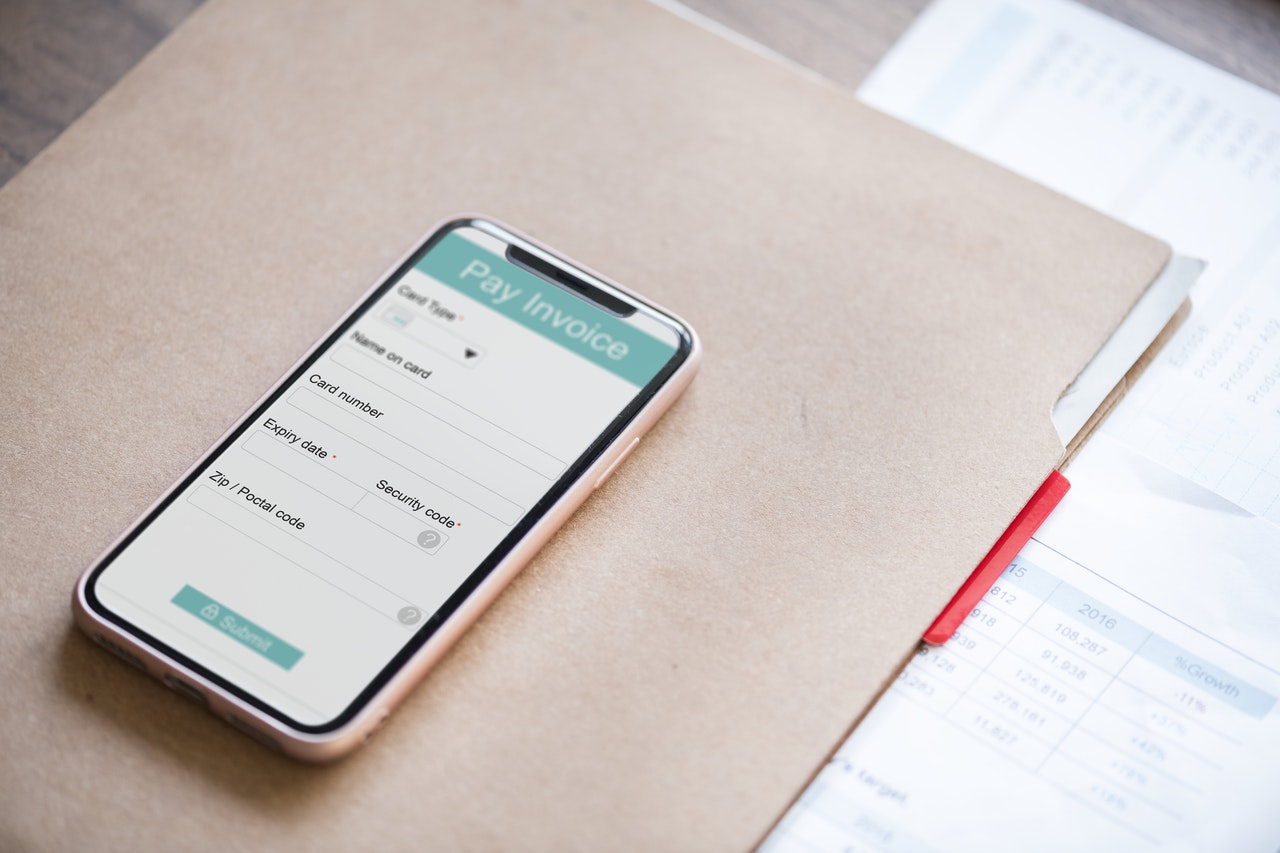Shortcut Menu:
If you are attempting to get yourself free of debt, or high-fee loans in particular, this read is for you.
As you’ll see in my earlier blog post: Harness Solar Power at Your Residence, my husband and I opted on the residential solar power bandwagon in late 2015 (the install happened on December 31st, in fact). Recently married, 6 or so weeks into caring for our newborn (knowing daycare costs were another 6 weeks out), and managing a hefty amount of medical bills from the 16 months prior, when we purchased our panels, we put about 1/3rd down immediately and financed the remaining portion with a 6% simple, fixed-interest rate on a 20-year loan through Sunlight Financial. Sunlight Financial (a.k.a. Hudson Clean Energy) was the bank that worked specifically with our selected solar panel installation company. At the time we did this, we asked and confirmed that there was no early pay-off fee (extremely important) because our goal was to eradicate this bill within 24 months instead.* A 20-year term was the only option offered by the lender. If a lender offers a shorter term more in line with your needs, go with that from the onset…since it will likely drive the interest rate lower.
Let’s Review the Financial Terminology I’ll Be Using
There are two parts to every loan: the principal (the originating amount owed) and the interest (which gradually shrinks in time as the principal balance goes down, unless of course in the case of a home loan where the monthly payments are front-loaded with interest). Interest is the fee the lender charges you to cover their overhead cost of carrying that loan for you. The shorter the loan term, or amount of months or years until the loan is mature or satisfied (complete) with a clear “end” date, the less the lender’s overhead costs will be (and in most cases the less you’ll pay them over time). Simple interest is interest only charged on the principal balance. Compounding interest is charged on both the remaining principal and interest. A fixed rate means the rate will never change during the life of the loan. A floating or variable or adjustable rate (ARM) means that the rate will go up and down during the life of the loan, directly impacted by the feds and the economy. In this post I’m paying particular attention to installment loans, which are for the exact same amount each month for a specified term. You’ll most often find this with mortgages, home equity (HEL), auto, and student loans, so on and so forth. Revolving loans are loans with no end date set at origination and generally have a credit limit to borrow against on an as-needed basis. You’ll most often find this with credit cards and home equity lines of credit (HELOC).
Loan Interest Example
For an example’s sake, let’s assume we had a round-number of approximately $10,000 financed. Using an amortization schedule (amo schedule)**, and plugging in 20 years and 5% interest (again, keeping the numbers round), we would have been paying a total of $5,839 in interest over those 20 years ($66/month payment). By paying off this loan in just two years, brought the interest down to $529 ($439/month payment). A savings of $5,310 or 91%!
Now you might be thinking that a whopping $373 extra a month (explicitly directed towards principal) is just too much to bear. But, through a combination of cost savings measures we implemented by tuning in daily to the Clark Howard podcast, coupled with the fact we would no longer have a monthly electric bill (our solar company did the math on our consumption habits and our estimated solar panel production), it was an easy peasy thing for us to do.
In Our Case, Including [Free] Google Doc & Sheet Templates
The challenge we faced with Sunlight Financial specifically is that they did not have an online payment processing system (where you could pay extra towards principal), only paper statements, and if I didn’t follow up directly by phone (to have our account noted with what we were doing) they would direct the extra payment money towards the combined loan total and not explicitly to principal each month. Nervous about this, I sent a memo of our outstanding balance each month, spelling out: what the check was earmarked for (portion towards the requested payment plus extra towards principal), and closed out the recap with our balance following the check. I created these on Google Docs and cloned the previous one for the next month’s payment. Here’s a sample template:
This embedded Google Drive file is best seen when viewed on a desktop browser. Replace the highlighted sections with your appropriate information. Note, if you do not want to give out your real phone number to a lender, see my recent blog post on: Free Phone Management Service with Google Voice.
I was saving our paper trail. I was able to get this off the amo schedule that I had copied from an online calculator into a Google Sheet (which I also included a print out of every month, with the row highlighted of which payment we were making). Again, a sample template:
This embedded Google Sheet file is best seen when viewed on a desktop browser. Naturally, you’ll want to recreate your own, but this is essentially the format that was used. I plugged in all the sample numbers for the sake of this example. I recommend using a cell highlighter to call out the particular month’s payment that was enclosed – here I’ve selected payment 10, again for example.
Both materials included the current check number and the memo included our account number and current invoice number on it as well. In the notes field of each check, I wrote our account number, due amount and the extra amount to go to principal. Finally, I skipped using their provided envelope and used our own, since I was sending additional documentation materials each month (didn’t work with the window-style envelope), and physically went to the post office each month to send the letter certified (approximately $3.95/month). This was our insurance policy in case if they were to try and milk more from us than we actually owed. A well-spent $94.80 insurance policy, still a far cry from the original interest owed. The receipt from the certified letter, I saved along with the paper statements, writing the amount paid, check # used, date paid, etc. on the front of each statement that we retained. Again, just for my own later reference. I always mailed these about a week prior to the due date each month, so that they would still arrive before or on the due date, knowing full well that once you have handed over a properly postaged item to the U.S. postal service to mail that it becomes the receiving end’s property on that day. (I do remember one thing from business law class. This is referred to as the Postbox Rule: When use of the mail is reasonable, an acceptance is effective when and where it is deposited in the mailbox).
Early Loan Payoff Calculator
Amortization, defined, is paying off an amount owed over time by making planned, incremental payments of principal and interest. By inputting your loan balance, interest rate, and remaining term, you are able to generate a complete payment schedule for the life of that loan. You can then copy and paste the amortization schedule into a spreadsheet application of your choice, such as MS Excel or Google Sheets, stored in the cloud.
The Final Outcome: Total Interest & Savings
Returning to the above example, that means that the total paid out in the 24-months was: $10,000 originating loan + $529 interest + $94.80 postage = $10,623.8 (only 6.24% over the borrowed amount). If this same loan would have been paid in 20 years: $10,000 originating loan + $5,839 interest + $120*** postage = $15,959 (an extra 60% over the borrowed amount). That’s extra money ($5,335.20 to be exact) that you get to keep. A 33% savings. Extra money that you get to earn interest on in savings.
Notes:
*Payoff loans that could carry a lien against your property quickly, or you could be faced with a final (and rather large) lump sum payment at the closing table, if you decide to sell your property before the loan is paid off.
**See “Early Loan Payoff Calculator” section above for further information about an amo schedule.
***$120 assumes no inflation on a current rate $0.50 first-class postage stamp.
Revolving Credit Payoff
You can also use this method to determine how long it will take you to pay down a running credit card balance / revolving loan balance (a non-installment loan), by plugging in your outstanding balance, interest rate, and either what you know you can make in monthly payments or your desired payoff timeframe. Let’s say you have a couple of cards you want to pay down by x date. Use an amo schedule to spit out the results of what you’ll need to pay per loan each month to hit that goal. You’ll see that you’ll be paying out a higher portion towards the loan with the higher interest rate because the total interest you’ll pay will be higher over time. Loans that carry an interest rate that’s not much higher than that of what you would earn on money in a savings account are less of a priority to payoff early, because the total interest you’ll pay out over time will be much lower than that of a high-interest loan.
Twenty-Four Months Goes By So Quickly!
And, I should say…we just sent that final solar payment about 30 days ago. Time flies a lot faster than we realize. Boy did that final check payment feel good!
Additional Resources:
- DinkyTown.net Financial Calculators
- EZ Financial Calculators app for iOS devices on the Apple Store (Free, may contain ads)
- Financial Calculators apps for Android devices on Google Play
- Clark.com: What is an amortization schedule? Use this chart to pay off your mortgage faster
- Facebook Group: Ditch Your Debt
Social Follow and Share
A real life example of how paying off a 20-year loan in just 2 years saves 33% more money in your pocket. https://t.co/IWKHpDXsI3 #AmortizationSchedule #AmoSchedule #PayoffDebt pic.twitter.com/MucjMvKQvW
— Saving Amy (@savingamyblog) March 17, 2018
Saving Amy is a participant in the Amazon Services LLC Associates Program, an affiliate advertising program designed to provide a means for sites to earn advertising fees by advertising and linking to amazon.com.










